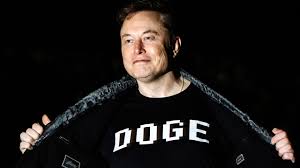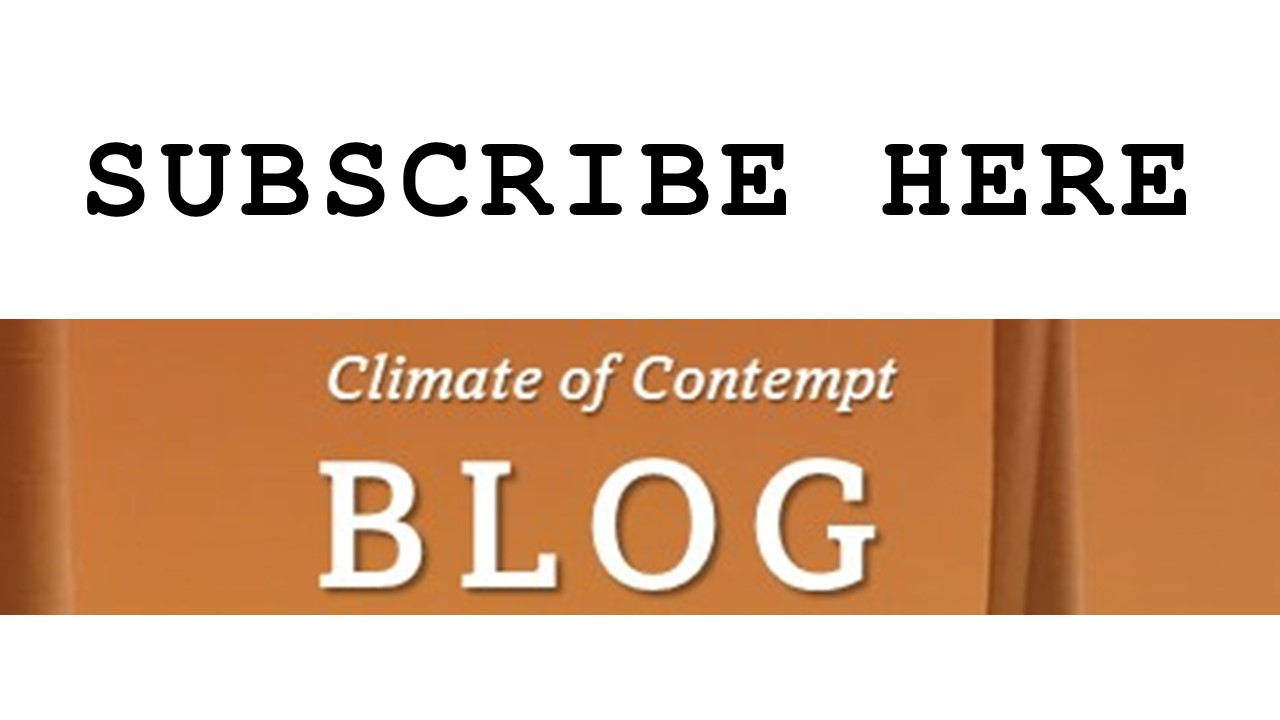“All culture is Internet culture.” – Taylor Lorenz (technology and media writer)
The first two months of the second Trump administration are best understood as a kind of retributive lashing out at the people who MAGA voters believe have been attacking, ridiculing, and endangering them for many years. While some billionaires and other economic elites have jumped on for the ride, what’s happening to our institutions right now is about how Internet culture feeds and amplifies feelings of contempt for political adversaries.
When we are in the throes of this phenomenon we underestimate its power because of overconfidence bias. Many people believe themselves immune to the ways the propaganda machine distorts their understanding of complex political issues, citing either their avoidance of ideological or social media (older people), or their particular technological savvy, which lets them see through the propaganda (younger people). But I summarize a large empirical literature in chapter 4 of my book suggesting that ideological and social media distort news coverage and political beliefs far beyond their borders.
Trump II’s agenda so far is about putting contempt into action, a massive attack on a laundry list of caricatured left-leaning policy that dominate conservative online communities: “woke capitalism,” “climate hysteria,” “Euro-snobbery,” and so on. Rather than debate policy change before Congress or executive agencies, Trump II uses DOGE as a kind of battering ram to test out legal limits on policy change by racing past them, neutering the executive branch and daring Congress, the courts, and voters to stop them.
The slash and burn method reflects the online messaging. It makes perfect sense to voters who have consumed decades of news portraying the Democratic Party as a group of intellectually pretentious, censorious moral scolds who want to take away free choice, persecute Christians, and let (nonwhite) gangs take over our cities. Even Project 2025, the supposed blueprint for the more substantive parts of the Trump II agenda, is the product of a think tank that once produced conservative solutions to national problems but now embraces the politics of grievance that excuses disregard for the rule of law.
The internet cultivates bitter, tribal partisanship more effectively than any communication tool ever. That is why respect for liberal Democratic values is plummeting, and why attraction to burn-it-all-down populist leaders is on the rise. It has created a political atmosphere in which only co-partisans — voters, courts, or politicians — can meaningfully object to their own party’s complicity in this process of making American voters dumber and angrier. A few have, but not nearly enough to slow the descent.
The 2026 election is the next chance to see if voters are up to the task. What will Trump voters think of the destruction of jobs associated with clawing back funding for congressionally-authorized federal programs, higher prices caused by tariffs, the return of diseases previously eliminated by vaccines, the alienation of our closest allies, the targeting of law firms and universities on partisan or ideological grounds, and the images of plain-clothes masked men grabbing legal immigrants off the street and sending them to secret deportation centers?
Remember, between now and November 2026, GOP voters will be inundated with “news” recasting the lost jobs as “government waste,” the tariffs and broken alliances as “economic nationalism,” the resurgent diseases as “free choice,” the attacks on law firms and universities as “protecting our values,” and the abduction and deportation of legal immigrants as “protecting our way of life.” And those narratives will be supplemented with stories about the extremes of the left: blue city mayors tolerating violence, Democrats vandalizing Teslas, etc.
So, the 2026 election will be yet-another test of the power of these narratives to overcome economic self-interest in driving voting decisions.
For the ambitious GOP politicians who still care about good governance and rule of law (probably still a majority of them?) protecting those values is fraught with electoral risk. Their reticence about standing up for principle puts the ball into the court of both the judiciary and GOP voters. How much of this will they support with their decisions?
Time will tell. But in the meantime defending the rule of law and truth-telling will go much farther than blaming “billionaires” and “corporations” for an increasingly unstable state of affairs that most don’t want and never wanted.
Ideological media is about building and maintaining affinity to a party or ideology – full stop. Educating viewers, readers, or listeners is an optional secondary objective, one that gives way to the primary objective when the two conflict. The challenge of our time is to tame the destructive effects of the propaganda machine, which begins by recognizing its power to mislead us all. — David Spence



